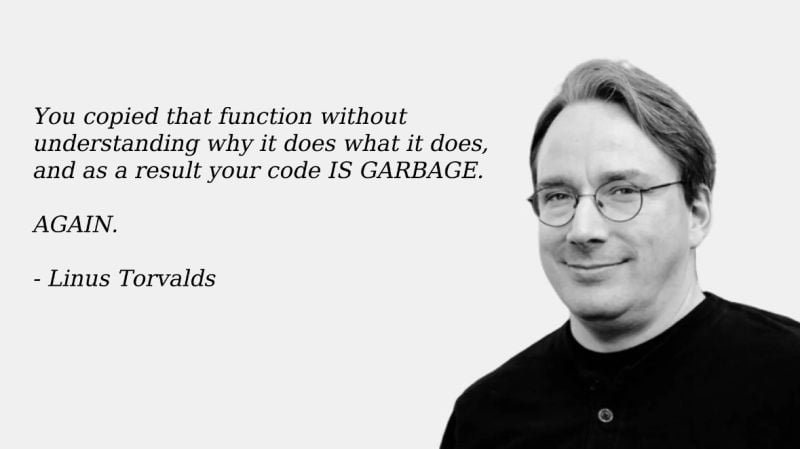

There’s an inside joke about Iran that after the Shah was deposed, the only thing that changed was all the illicit activity happened inside instead of outside.
Its pretty believable considering you can find plenty of Muslim Iranians who openly drink and party, hence why they’re actually the least likely to be seen amongst a group of Muslims.







I have run photoprism straight from mdadm RAID5 on some ye olde SAS drives with only a reduction in the indexing speed (About 30K photos which took ~2 hours to index with GPU tensorflow).
That being said I’m in a similar boat doing an upgrade and I have some warnings that I have found are helpful:
I’m personally going with the NVME scheduled backups to RAID because the caching just doesn’t seem worth it when I’m gonna be slamming huge media files around all day along with running VMs and other crap. For context, the 2TB NVME brand I have is only rated for 1200 TBW. That’s probably more then enough for a file server, but for my homelab server it would just be caching constantly with whatever workload I’m throwing at it. Would still probably last a few years no issues, but SSD pricing has just been awful these past few years.
On a related note, Photoprism needs to upgrade to Tensorflow 2 so I don’t have to compile an antiquated binary for CUDA support.